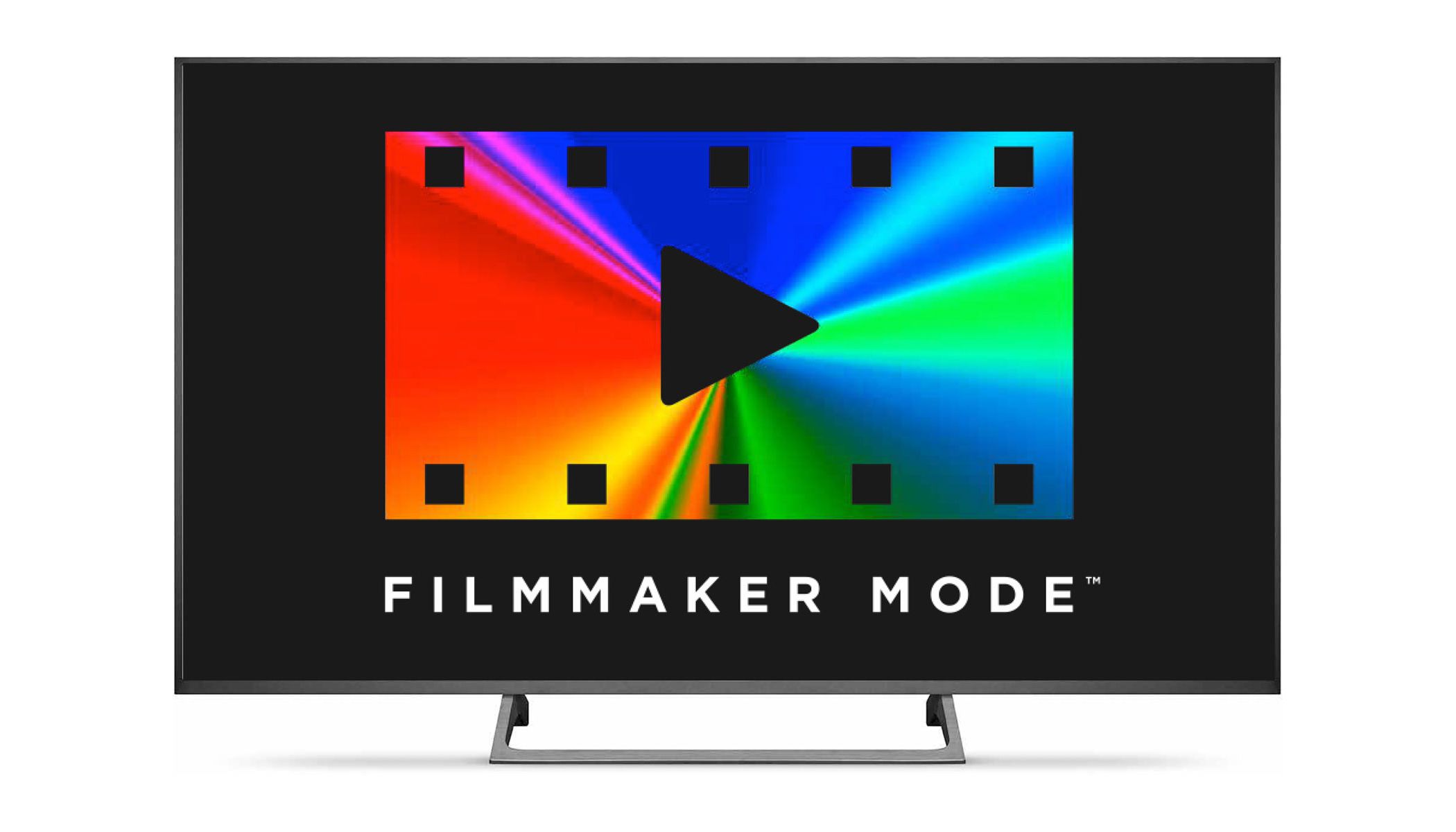Every year new televisions arrive, the quality is always higher and the cost to have a good TV is always lower. A positive scenario, too bad that most of them are not set up for preserve the quality of the content they reproduce. The result is that very often the work of directors and colorists is distorted, and films and TV series far from the original image quality are reproduced on the screens.
In Hollywood they have been aware of this for some time, so much so that directors of the caliber of Cristopher Nolan and Martin Scorsese have attacked TV producers hard in the past. From this context, the Filmmaker Mode was born, arriving on many televisions during 2020.
Together with it will also find space Dolby Vision IQ, a new feature designed to optimize HDR content in Dolby Vision based on the environment in which they are played.
What are Filmmaker Mode and Dolby Vision IQ and what are they for?
Filmmaker Mode is a TV operating mode designed by the Ultra HD Alliance. It is good to specify that this is not an option that makes the calibration of a given TV more faithful, this objective is impossible to achieve, simply because each TV must be calibrated individually. In fact, each panel produced has small variations that do not allow a univocal calibration that is suitable for everyone, and this is also the reason why an accurate calibration cannot be performed in the factory, except for the more expensive panels.
The Filmmaker Mode instead acts on the settings disabling all post-processing effects offered by electronics, such as Motion Compesation, digital noise reduction and all those functions that modify the rendering of a content, adding elements that should not be there, at least according to the wishes of those who created it.
The diatribe between Hollywood directors and TV producers can therefore be said to be over, also because Filmmaker Mode offers a common and transversal way of viewing between the different brands. From LG to Samsung, passing through Panasonic and Philips, it will be possible to use it indiscriminately, with the differences of the case given by the characteristics of the single TV.

The Dolby Vision IQ instead it uses the brightness sensor present in compatible televisions to adapt the viewing mode to the environment. This is combined with i metadata inserted within the Dolby Vision signal to optimize the yield based on the individual content. Already today, by starting a video in Dolby Vision, several presets are available, such as the Vivid one (which we strongly recommend avoiding because it makes the colors too bright), the dark and the light one, with the last two designed for dark environments and illuminated ones.
Dolby Vision IQ actually makes this choice automatic, acting also on tone mapping to better preserve the details and for a finer calibration of brightness. On paper, Dolby's idea seems valid, all that remains is to wait a few months to try it in practice and thus understand its true potential.















